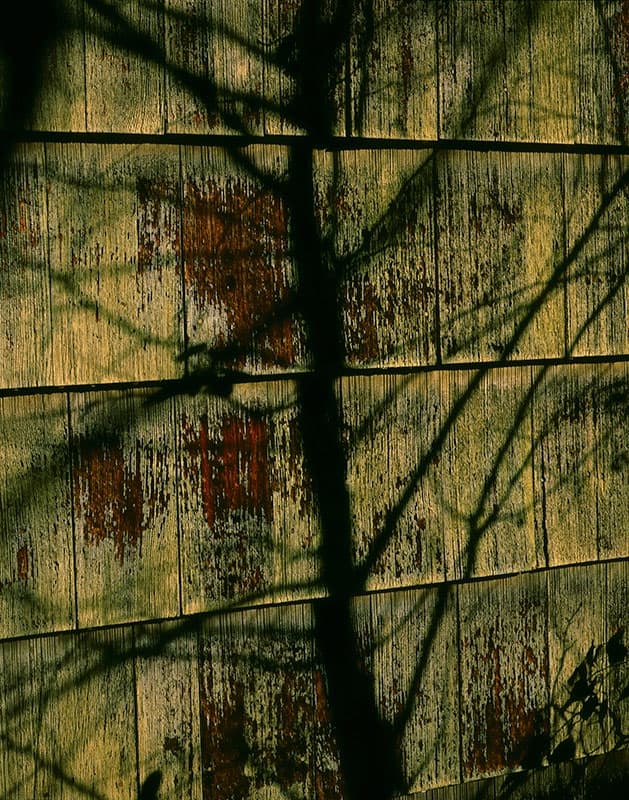Photo Insight with David Ward
 David Ward is one of the UK’s finest landscape photographers. With more than 20 years’ experience in large-format photography, he has photographed extensively throughout the UK and in countries such as Canada, Iceland, Norway and France. He has also led workshops for Light & Land. David has written two books on his photographic philosophy called Landscape Within and Landscape Beyond. Each month, he will discuss the story behind one of his fantastic landscape photographs
David Ward is one of the UK’s finest landscape photographers. With more than 20 years’ experience in large-format photography, he has photographed extensively throughout the UK and in countries such as Canada, Iceland, Norway and France. He has also led workshops for Light & Land. David has written two books on his photographic philosophy called Landscape Within and Landscape Beyond. Each month, he will discuss the story behind one of his fantastic landscape photographs
I found this image in a small town in Montana, USA, called Wisdom, population 100. It’s in a place called Big Hole Valley, in Central Montana. It’s not a ghost town – there are still 100 people living there – but there are quite a lot of empty properties. This particular house, which is right in the middle of town, has been deserted for 20 or 30 years, and it’s slowly starting to decay. The surface that you’re looking at is cedar shingles that have been painted at some stage – I would guess probably in the 1950s, judging by the colour. The shadow of the tree falling across them is from a young sapling that has just pushed its way out of the ground next to the house. The garden is slowly turning back into forest.
I had been to this house two or three years earlier and had made some quick snaps on a little Panasonic Lumix camera. There was very soft light then, and this particular image just wasn’t there. Ironically, I had returned to remake one of the images I’d found before, but the lighting was different so I didn’t take that shot. However, I always try to find something in the conditions I am presented with – hence this picture.
There were a couple of things I liked about this image. I loved the graphic nature of it, and I was quite intrigued about the notion of a tree’s shadow falling across something that had been made from trees in the first place. In a way, there’s a comparison there between life and death. The tree is flourishing, but its shadow is falling across something that is definitely not. It’s the shadow of life falling across death. There’s an irony in that we would think of something fresh and new as something bright, but here it’s the opposite.
The lighting is absolutely key. There would be no image without that strong, direct lighting, as well as the proximity of the tree to the wall, which gives that graphic shape. This picture was shot on large format, so I used swing to make sure the wall was at an angle and that the plane of focus stuck to the wall all the way across. If I’d shot at an equivalent focal length on a fixed, rigid-body camera, then I wouldn’t have had it as sharp all over, and I think the crispness is key.

I had to face the fact that I was going to lose some detail in the shadow. I was shooting on Fujichrome Velvia film in very bright conditions, and it doesn’t have an enormous range. There’s no way to get around that without introducing another light source, and one way would have been to bounce some flash, or possibly use a reflector, but I didn’t want to do that. I liked the fact that it was very high contrast. By exposing for the texture of the lit cedars, I ended up with the shadows being pretty much black.
The image is a tight crop, which is a habit of mine. I have this view that photography is about distillation, certainly when compared with other art forms. It’s about removing the unnecessary. I wanted to make it more abstract in order to make it slightly mysterious, and also to remove it from its context. If you show the whole house and the shadow, then it’s just an illustration – it doesn’t have that intrigue. So, by cropping in, you remove some of those clues and, I hope, see it in a slightly different way.
When composing, I try to ignore the rules. I suppose I think of it as solving a four-dimensional puzzle. When you stand in front of a subject, there are a huge number of possibilities about how you might depict that subject within the photographic frame. Lots of those are valid solutions, but the best way to do it is to try the novel solution. I try to keep my mind open so I can see an alternative, because when faced with difficult conditions it’s very easy to say, ‘There’s nothing here, so I’ll move on.’ When I visit a location, I always try to think, ‘Well, I can’t make the photograph I had planned to do, but what else is there?’ I always try to remain open-minded.
If you travel with the notion that there is a ‘correct’ way of photographing something, which is the rules-based notion, then you’re limiting your possibilities. It would be lovely for me to say that I’m completely receptive to new ideas, but that’s not true. I have opinions about what I like and what I don’t like, and that will limit me to an extent, but I still try to be as open-minded as I can. It’s better to travel without expectations, and I do try to do that as much as possible.
David Ward was talking to Jon Stapley
To see more of David’s images or to book a place on one of his workshops, visit www.into-the-light.com









